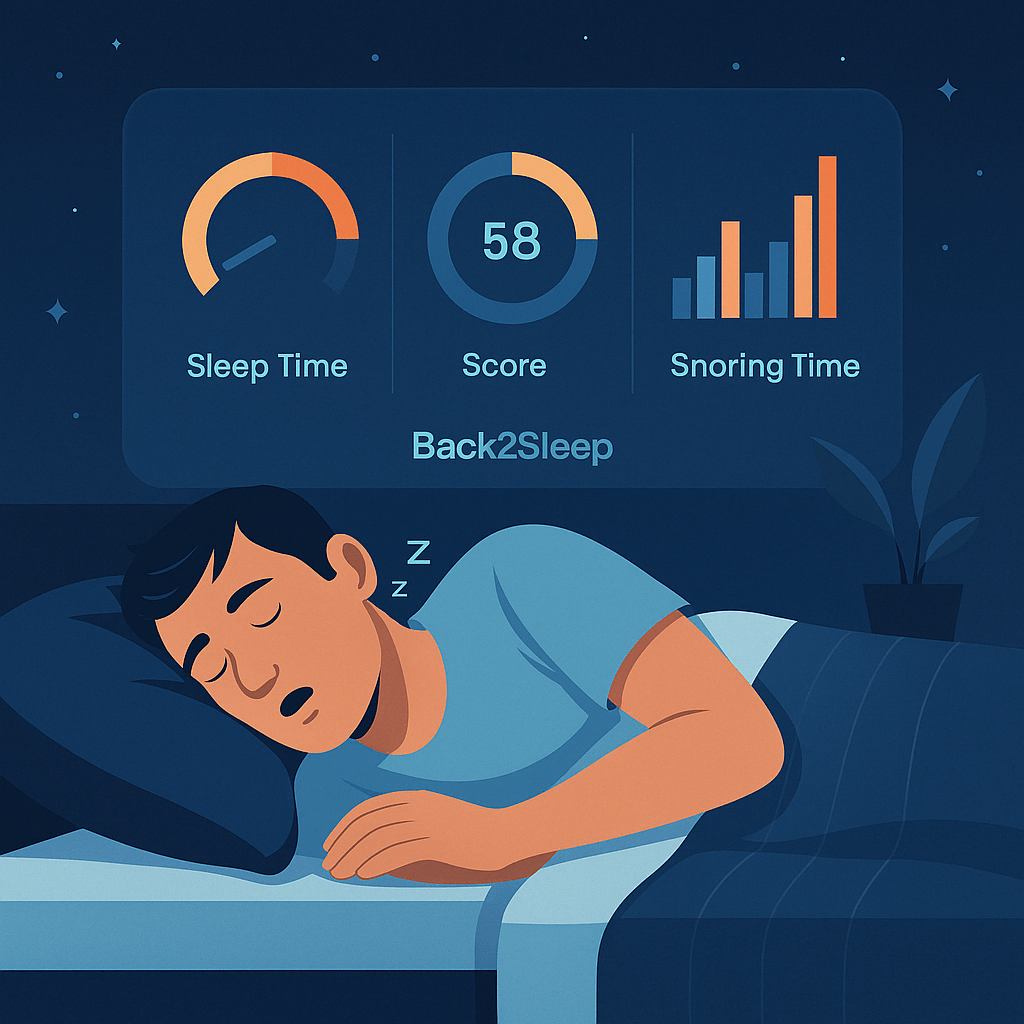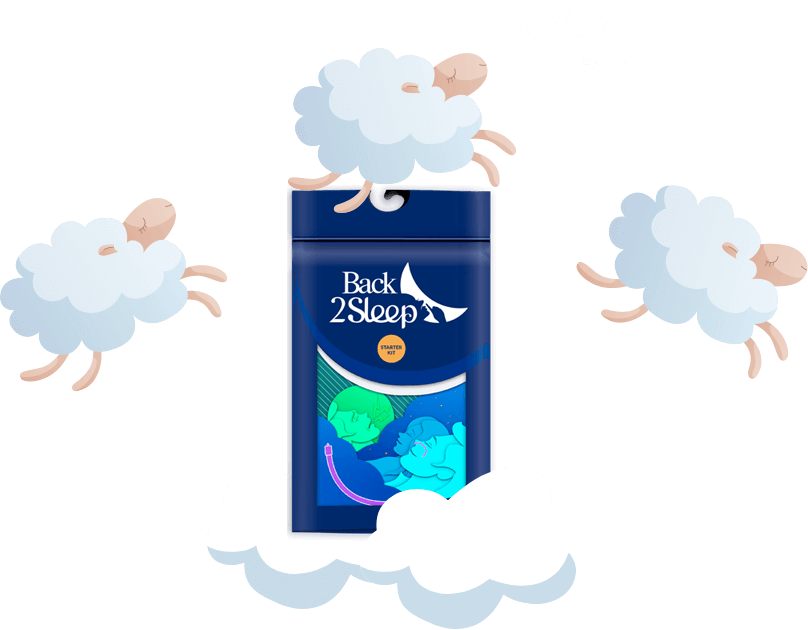Measuring Snoring in Our Community: Could It Signal a Health Risk?
Encouraging local public health campaigns using snoring-tracking apps to identify early signs of sleep disorders and protect community wellness
Community Health Alert: The Hidden Epidemic of Sleep Disorders
Snoring affects millions of people worldwide, but what many don't realize is that chronic snoring often signals serious underlying health conditions that require immediate attention. Recent community health initiatives have revealed alarming statistics about undiagnosed sleep apnea and its impact on public health outcomes. The solution lies in leveraging **modern technology and community-based screening programs** to identify at-risk individuals before serious complications develop.

**Innovative snoring-tracking applications** combined with community health initiatives offer unprecedented opportunities for early detection and intervention. By implementing systematic community screening programs, public health officials can identify individuals at risk for sleep apnea, cardiovascular disease, and other serious conditions linked to sleep-disordered breathing.
Key Components of Community Snoring Assessment
Mobile App Technology
Advanced smartphone applications use acoustic analysis and AI algorithms to detect snoring patterns, frequency, and intensity levels throughout the night for comprehensive sleep assessment.
Community Screening Programs
Local health departments partner with pharmacies and clinics to provide accessible screening services, making early detection available to all community members.
Public Health Data Collection
Aggregated anonymized data helps identify community-wide health trends, enabling targeted interventions and resource allocation for maximum public health impact.
Early Intervention Strategies
Prompt identification leads to timely treatment options, from lifestyle modifications to innovative medical devices, preventing serious health complications.
Community Sleep Health Impact Statistics
Evolution of Community Sleep Health Monitoring
Traditional Assessment
Limited to clinical sleep studies, expensive and inaccessible to most community members seeking sleep health evaluation.
Home Monitoring Devices
Introduction of portable monitoring equipment allowing basic sleep assessment in home environments with improved accessibility.
Smartphone Applications
Revolutionary mobile apps enabling widespread community screening through acoustic analysis and machine learning algorithms.
Integrated Health Campaigns
Comprehensive community programs combining technology, professional screening, and immediate treatment access for optimal outcomes.
Leading Snoring Detection Applications

SnoreLab
Advanced acoustic analysis with detailed reporting and trend tracking for comprehensive sleep pattern assessment.
Sleep Cycle
Integrated sleep tracking with snoring detection, providing holistic sleep quality analysis and improvement recommendations.
Snore Report
Professional-grade recording and analysis tools specifically designed for healthcare provider collaboration and assessment.
Community Health Apps
Local health department applications designed for population-wide screening and public health data collection initiatives.
Understanding the Health Risk Connection
⚠️ Critical Health Warning Signs
Chronic snoring is not just a nuisance—it's often the first indicator of serious health conditions. Community health research consistently shows that individuals with regular snoring patterns face significantly elevated risks for cardiovascular disease, diabetes, cognitive decline, and premature mortality.

**Research conducted across multiple communities** reveals that individuals with moderate to severe snoring are three times more likely to develop cardiovascular complications compared to those without sleep-disordered breathing. This connection underscores the critical importance of community-wide screening initiatives.
| Health Condition | Non-Snorers | Occasional Snorers | Chronic Snorers |
|---|---|---|---|
| Heart Disease Risk | Baseline | 1.5x higher | 3.2x higher |
| Stroke Incidence | Baseline | 1.8x higher | 4.1x higher |
| Type 2 Diabetes | Baseline | 1.3x higher | 2.7x higher |
| Cognitive Decline | Baseline | 1.4x higher | 2.9x higher |
Implementing Community-Wide Screening Programs
Successful community health initiatives require coordinated efforts between public health departments, healthcare providers, and community organizations. The most effective programs combine technology-enabled screening with accessible treatment options and ongoing support systems.
Implementation Checklist: Effective community programs must address accessibility, privacy concerns, data security, follow-up care coordination, and sustainable funding models to ensure long-term success and community trust.
Key Program Components:
- Public Education Campaigns: Community awareness initiatives highlighting the connection between snoring and serious health risks
- Technology Distribution: Providing access to smartphones and apps for underserved populations lacking technology resources
- Healthcare Provider Training: Educating local practitioners on sleep disorder identification and treatment options
- Pharmacy Partnerships: Leveraging local pharmacy networks for convenient screening and consultation services
- Follow-up Care Coordination: Ensuring seamless transition from screening to treatment for identified at-risk individuals
Community Success Stories
"Our local health department's screening program identified my sleep apnea before I had any major symptoms. The app tracking showed concerning patterns that led to proper treatment."
"The community screening at our pharmacy caught my husband's sleep issues early. We're grateful for these accessible programs that make healthcare prevention possible."
"As a public health official, I've seen how these programs transform community health outcomes. Early detection through snoring apps has prevented numerous serious complications."
Innovative Treatment Solutions for Community Health

Once community screening programs identify individuals at risk, access to effective, accessible treatment options becomes crucial for program success. Traditional CPAP therapy, while effective, often faces compliance challenges that limit its real-world effectiveness in community settings.
**Revolutionary nasal stent technology** offers an ideal solution for community health programs, providing immediate accessibility, ease of use, and high compliance rates that make population-wide treatment initiatives feasible and effective.
Community Impact: Programs utilizing innovative nasal stent devices report 40% higher treatment adherence rates compared to traditional CPAP therapy, making them ideal for large-scale public health initiatives.
For comprehensive information about sleep apnea and community treatment approaches, explore our detailed sleep health resources.
Data Privacy and Community Health Ethics

Community health data collection requires strict adherence to privacy protection standards while enabling valuable population health insights. Successful programs implement robust anonymization protocols that protect individual privacy while generating actionable community health intelligence.
Essential Privacy Safeguards:
- Data Anonymization: Personal identifiers removed before aggregation and analysis
- Consent Protocols: Clear, informed consent for both individual assessment and population research
- Secure Storage: HIPAA-compliant data management systems with encryption and access controls
- Limited Retention: Data retention policies that balance research needs with privacy protection
- Transparency Reports: Regular community updates on program outcomes and data usage
Join the Community Health Movement
Help build healthier communities through innovative sleep health screening and early intervention programs.
Economic Benefits of Community Screening Programs
Investment in community sleep health screening generates substantial long-term healthcare savings through early intervention and prevention of costly complications. Economic analysis demonstrates that every dollar invested in screening programs yields $4-7 in reduced healthcare costs over five years.
| Cost Category | Without Screening | With Early Detection | Savings |
|---|---|---|---|
| Emergency Room Visits | $2,400/patient/year | $600/patient/year | 75% reduction |
| Cardiovascular Treatment | $15,000/patient/year | $4,500/patient/year | 70% reduction |
| Diabetes Management | $8,500/patient/year | $3,200/patient/year | 62% reduction |
| Lost Productivity | $3,600/person/year | $800/person/year | 78% reduction |
Future of Community Sleep Health Initiatives
**Emerging technologies and evolving public health strategies** continue to enhance the effectiveness and reach of community sleep health programs. Integration of artificial intelligence, wearable devices, and telemedicine platforms promises even greater accessibility and precision in population health management.
Stay informed about the latest developments in community health initiatives and sleep disorder management through our comprehensive health news updates.
Research Participation: Community members interested in contributing to sleep health research can participate in ongoing studies that help improve screening accuracy and treatment effectiveness for future generations.
Resources for Community Health Leaders
**Implementing successful community sleep health programs** requires access to reliable resources, expert guidance, and proven implementation strategies. Our comprehensive support network helps community leaders navigate the complexities of program development and execution.
For detailed guidance on program implementation and access to professional consultation services, visit our expert team page and explore available community treatment solutions.
Community Partnership Opportunities: We offer special pricing and support programs for public health initiatives, educational institutions, and community organizations committed to improving population sleep health outcomes.
Transform Your Community's Health Future
Start your community sleep health initiative today and make a lasting impact on public health outcomes.
Begin Community Program







